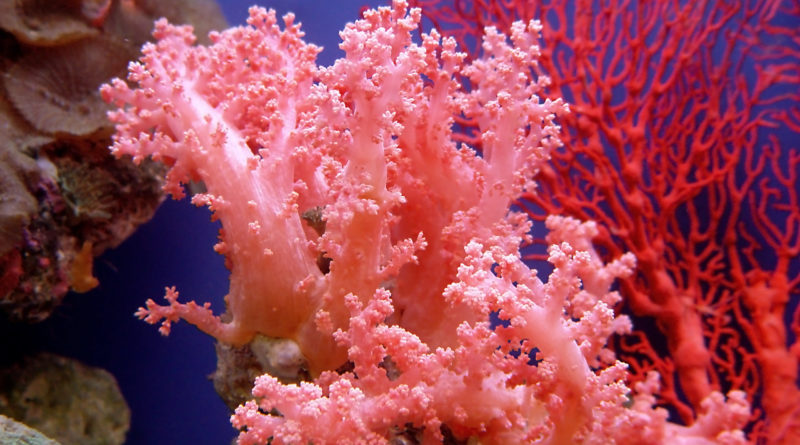Here’s How Coral Reefs Are Being Conserved
9,357 total views, 1 views today
Even though the month is only halfway over, June has already proven to be a busy time for coral reef preservation. Scientists, corporations, entrepreneurs, and even special forces veterans are making their strongest efforts to preserve coral reefs around the world.
The issue of coral reef extinction is a serious one, as one in five coral reefs are severely damaged or have died off entirely. Coral reefs are said to contain some of the most diverse ecosystems on the planet, and they offer coastal buffers to natural forces such as hurricanes and tsunamis, not to mention ordinary ocean wave action. The nitrogen and other substances they generate are crucial to sustaining the aquatic food chain. Litter, overfishing, and pollution are among the many contributors to coral reef death, and activists from all manner of backgrounds are pledging to fight for coral reef survival.
Early in the month, Adobe, the Pantone Color Institute, and the Ocean Agency announced a campaign encouraging creators to use colors that relate to coral reef death. When coral reefs experience extremely high temperatures, they emit striking colors that Adobe and the Pantone Color Institute have made available on their platforms. The two companies analyzed the Ocean Agency’s photos of these vivid reef colors to create the brand-new colors Glowing Purple, Glowing Yellow, and Glowing Blue, together known as the Glowing, Glowing, Gone colors, to attest to the ongoing extinction of coral reefs. The three groups encourage creators to use these colors in ongoing design work to spread awareness of the need for coral reef conservation.
Shortly thereafter, news broke that U.S. special forces veterans in Florida are working to restore the coral reef barrier there, which is the only one in the country. Force Blue, which works to conserve coral reefs, aid veterans in finding new roles following their military service, and draw military attention to environmental issues that are easily overlooked in the face of defense, is currently teaming with local ocean conservation groups to fend off a severe outbreak of the deadly stony coral tissue loss disease. Force Blue’s veterans are diving deep into the waters around Florida to supply antibiotics to the suffering coral reefs, which they see as crucial for the global fight to restore coral reefs.
Elsewhere, a team of scientists from the National Academies of Sciences, Engineering, and Medicine published a report addressing the need to protect reefs from bleaching. In this process, coral reefs turn white as a result of heat stress, and this whitening releases the reefs’ native algae, which are the reefs’ primary energy source. The report suggests using antibiotics and saltwater treatments to counter bleaching while also offering visions for new, futuristic solutions such as selective breeding.
Perhaps the most radical solution is taking place in the Bahamas. There, two Yale-trained environmental entrepreneurs have developed a method in which coral reef fragments are isolated and broken into smaller pieces. These smaller pieces can then regrow into clones of their original reefs as quickly as 50 times faster than in their natural ocean environments. The diversity of options currently being studied for preserving coral reefs offers plentiful hope, even against a situation so dire.

